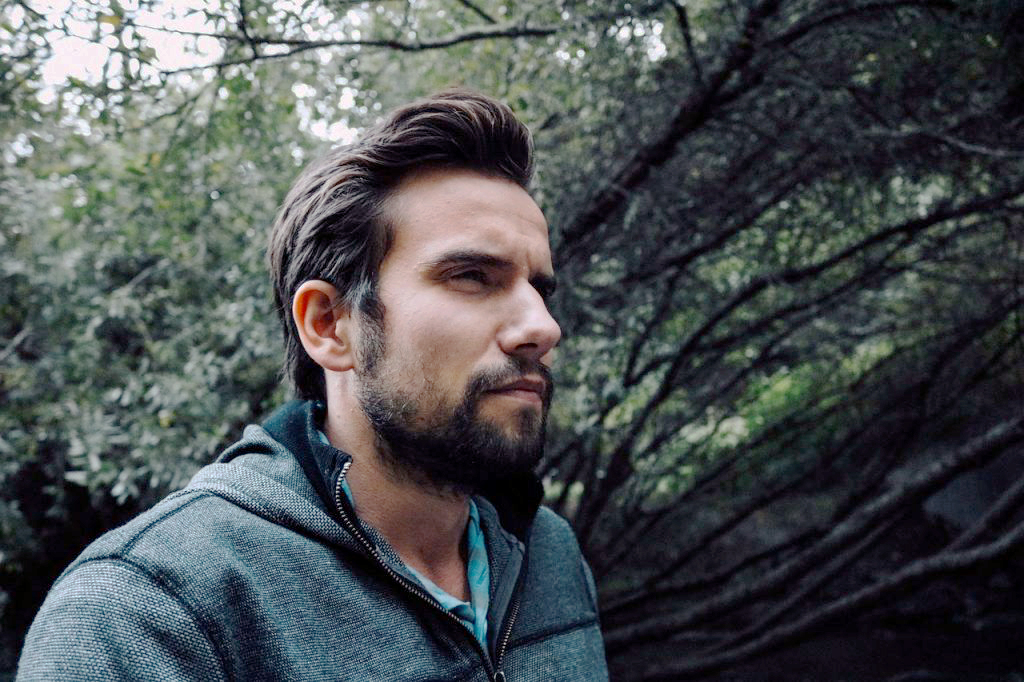
Do You Need to Shave Your Head for an FUE Hair Transplant
Quick answer: For most patients, trimming or shaving the donor area improves accuracy, graft quality, and recovery. Non shaved or partially shaved FUE can be offered for small cases, but it often takes longer, may cost more, and limits the number of grafts. Your suitability depends on hair length, hair type, and the size of the planned procedure.
How FUE works in simple steps
- The donor area at the back and sides is trimmed for visibility and cleaned.
- The doctor numbs the scalp with local anaesthetic.
- Follicles are removed one at a time and prepared under magnification.
- Tiny recipient sites are created to set angle and direction.
- Grafts are implanted to match natural growth patterns.
- You go home the same day with clear aftercare instructions.
Why shaving helps most patients
Precision and safety
Short hair lets the doctor see each follicle and the surrounding tissue. This improves targeting and reduces accidental damage.
Consistent graft quality
Uniform length supports clean engagement of the punch and better handling of tissue. Consistent grafts are easier to place accurately.
Donor preservation
Because donor follicles are finite, even harvesting across safe zones matters. Visibility makes balanced extraction easier and supports future options.
Simpler aftercare
Short hair makes early washing and wound care more straightforward, which helps the skin settle faster.

Who might avoid a full shave
A non-shaved or partial shave approach may suit people who need a small touch up, such as correcting mild temple recession or adding density behind an existing hairline. It can also help when work or public facing roles make privacy important in the first weeks. These approaches require more time and detailed work, so they are usually limited to modest graft numbers.
Partial shave strategies
- Window shave under longer hair: A small trimmed rectangle is hidden by hair above it.
- Narrow bands: Thin horizontal strips are trimmed and covered by surrounding hair.
- Staged sessions: Two smaller sessions spaced apart can reduce the amount of visible trimming at any one time.
Your doctor will advise whether these options are practical for your hair length and goals.
What you will look like after surgery
- Donor area: Small dots and mild redness fade over days to a couple of weeks. Hair growth usually blends the area within three to four weeks.
- Recipient area: Fine scabs fall away within one to two weeks. Transplanted hairs often shed in the first month. New growth begins around month three or four and thickens through month six to month twelve.
Frequently asked questions
Can I have FUE without shaving my head
Sometimes. Most patients benefit from trimming for safety and consistent results. We will need to assess you to determine whether this is an option.
Will shaving affect how the transplanted hair grows
No. Shaving is simply a practical step for harvesting and placement. It does not change growth after healing.
How soon can I return to normal activities
Most people resume light daily activity within a few days. Follow the aftercare plan provided by your doctor.
Will people notice I had surgery
There may be short term redness or dots in the donor area. Strategic trimming and normal regrowth usually make this less noticeable after several weeks.
Is a machine better than manual extraction
Good outcomes depend more on doctor expertise, planning, and graft handling than on a specific device.
Medihair considerations
- Procedures are performed by AHPRA registered doctors
- Donor protection and natural design guide planning
- Options for partial shave can be discussed where privacy is important
- Clear aftercare with scheduled follow up supports healing
Book a consultation
If you are considering FUE, the next step is a consultation. Medihair offers an obligation free consultation either in person or online. If you proceed to the next stage, you will meet with an AHPRA registered doctor who will assess your donor area and advise whether shaving is required for your procedure.
To book, call 1300 355 325 or Click Here.
Disclaimer: All surgical or invasive procedures carry risks. Results vary. Before proceeding, seek a second opinion from an appropriately qualified health practitioner. Images shown are illustrative only and used with consent.
AUTHOR
Bianca Shaw
A well-respected surgical stylist, Bianca Shaw has worked in the hair loss industry for 28 years, educating and supporting patients, and working alongside many of Australia’s leading surgeons. Qualified in Trichology and Hairdressing, Bianca was initially trained by a leading hair transplant surgeon and can perform a range of procedures including hair line design, placement of grafts for maximum density, and the dissection and implantation of hair follicles.
Having worked for leading hair loss companies, and managing a number of successful hair transplant practices, Bianca is committed to helping patients understand the treatment options available, ensuring they make the best decision and get the best results to improve their appearance and quality of life.
